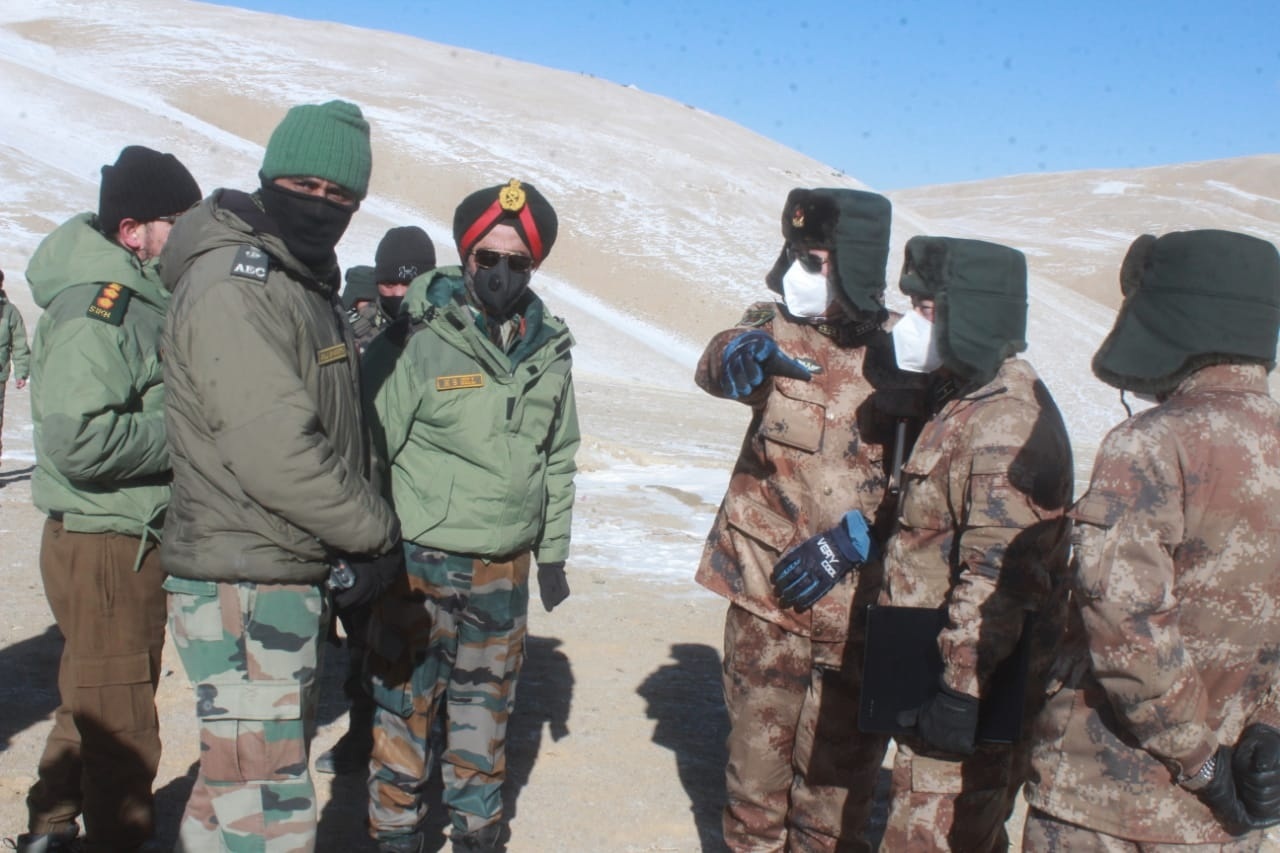Indian policymakers believe that China lost the ‘first mover advantage’ after India successfully matched every man and machine and deployed ‘even more’ than what China had depolyed at the LAC, by the end of July.
New Delhi: It was on 24 January, two days before Republic Day on 26 January, that the fine points of the agreement on how and when to end the almost nine-month-long India-China border stand-off were reached by the men representing India and China. However, the agreement was made public to Indian and global eyes by the Indian Army only on 10 February.
“The agreement was reached on 24 January, the document on the same was studied and vetted and agreed on by both the parties on 8 February and it was ‘executed’ on the morning of 10 February. We had one demand when we sat down for the first meeting with the Chinese officials, ‘restoration of status quo to pre-May 2020’, and that has been achieved,” an official source privy to the developments told The Sunday Guardian.
While the jury is out on why the People’s Liberation Army (PLA) did what it did and with what intentions in the initial weeks of May 2020, when it entered the “grey areas” along the Line of Actual Control (LAC), which led to the death of Indian officers and soldiers in Galwan on 15 June, official sources said that after the “dust settled”, India, in a display of “unprecedented” speed in moving men and machines towards the border, caught the PLA by surprise and followed it up by taking key heights in a swift action on the night of 29-30 August.
The Chinese realised that a situation of “stalemate” had been reached much-much earlier than they had expected.
“After this, it was all about patience and resolve. During the entire nine rounds of negotiations, our officials had only one agenda—restoration of status quo to pre-May 2020. The Chinese officials, as was expected, started by accusing our men of occupying their territory; talks then progressed on how we were trying to take away the ‘grey’ areas; then it moved to the Chinese offering to move back from some regions, only after we moved back and this went on for nine months. In between, they would release pictures, videos, media reports showing how they have started building temporary and semi-permanent structures at the disputed site. We maintained all throughout the negotiations that we both needed to arrive at a situation which was prior to May 2020. Finally, better sense prevailed,” the official stated.
According to officials, in the beginning of January, the situation was so “explosive” at some points of the border that tanks from both sides were stationed at less than 100 feet from each other. “To be frank, it was not a comfortable situation for men from both sides. One has to keep in mind that when soldiers from the two sides are staring at each other from such close proximity, while being in such a tense situation and living in such inhospitable conditions, that a ‘slip of tongue’ or the trigger can happen easily and then it can snowball into a major mishap,” said the official quoted earlier.
Indian policymakers believe that China lost the “first mover advantage”, which it had gained when it entered the “grey areas”, after India successfully matched every man and machine and deployed “even more” than what China had assembled at the LAC, by the end of July.
“They were not expecting that such a huge number of men and machines would be deployed in such a short time by us. And the Army made a big ‘statement’ of its resolve on the night of 29 August when we re-occupied territory that we had not entered for decades”, another official told The Sunday Guardian.
The fact that India followed up the increased military deployment along the LAC by engaging in a political and economic offensive against China too played an important role in the “cooling down” of the Chinese strategists. “The economy related steps that India took to warn China of the repercussions of engaging in the ‘salami-slicing’ of Indian territories, played a big role. Chinese investors were given a clear message that they would be treated as an extension of PLA and since PLA was engaged in a hostile situation with India, these investors and their companies too would be treated as hostile entities. Policymakers have many other steps in mind to stop Chinese companies from earning money from India, this was just the ‘starting’ (referring to the banning of Chinese apps and government’s decision to scrutinize Chinese companies’ investments in India strictly),” the official quoted said.
Officials said that the disengagement will not be construed as “complete” until the last Chinese assets have gone back to the agreed position. “We have categorically communicated this that it needs to be complete disengagement, as agreed in the agreement, before we will term it as ‘done’,” the official stated.

